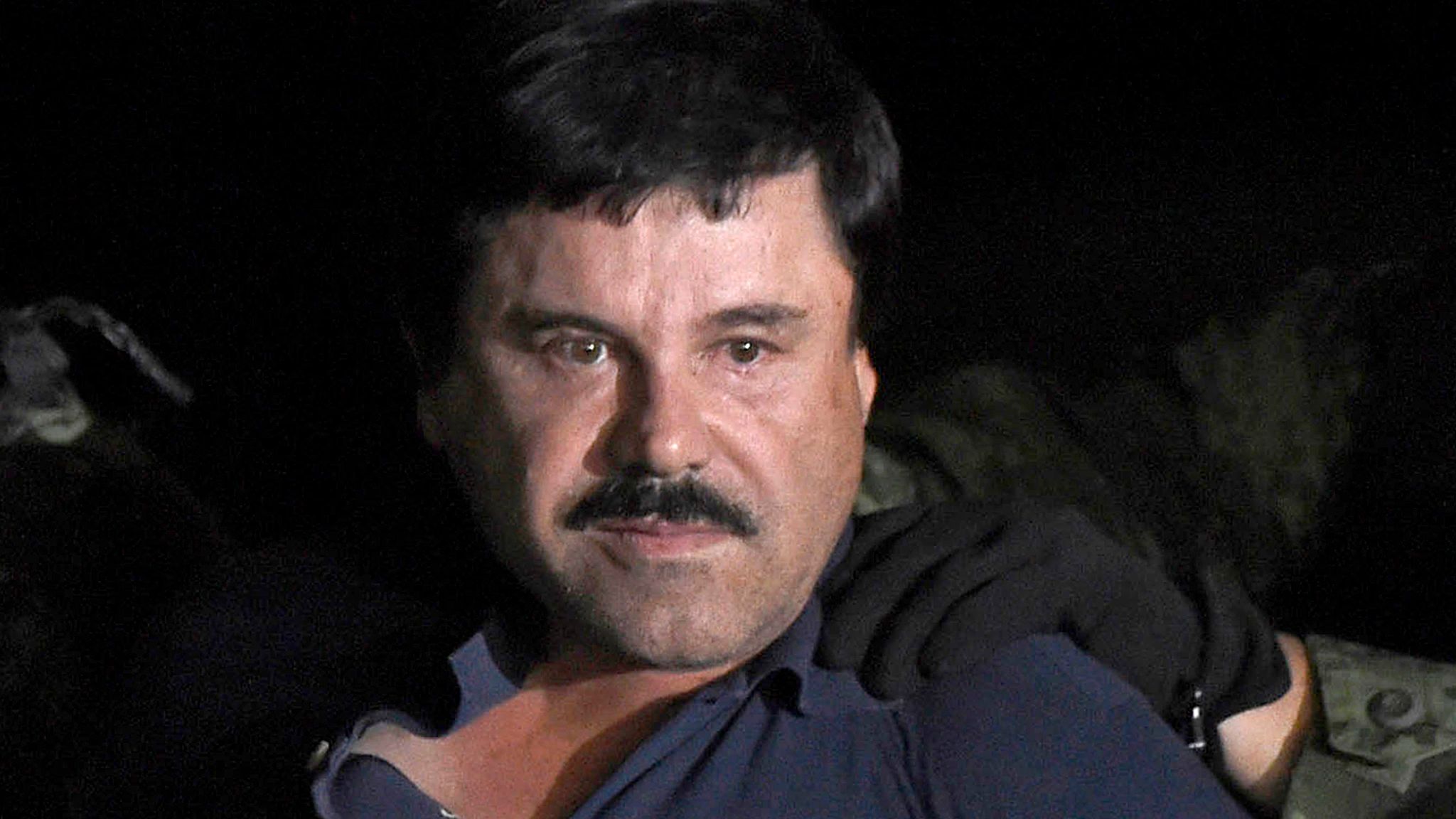All the State owned land sitting idle will be repossessed by the government and leased to private investors for commercial agriculture to increase food production for local supply and exports and for creation of employment.
The decision was arrived at during a Cabinet meeting held on Thursday as part of government efforts to boost food security and tame the increasing cost of living.
“Cabinet approved the Policy on large-scale commercialization of public land held for agricultural production. The policy seeks to provide a framework for utilization of idle land owned by public institutions for large-scale commercial agricultural production,” reads a dispatch from the Cabinet meeting.
The Kenyan government has blamed the increased cost of living on Russia-Ukraine war and prolonged dry spell.
But the move by the Cabinet will see Kenya lease thousands of acres of public land to private investors for cash crop and production of which does not heavily depend on rainfall but irrigation.
State agencies with vast but idle land include the Kenya Railways, the Kenya Broadcasting Corporation, the East African Portland Cement, Kenya Prisons, and the University of Nairobi.
President Uhuru Kenyatta’s administration has failed in its attempts to revive large scale farming with projects such as the Galana Kulalu irrigation scheme which did not bear fruits.
The Galana/Kulalu Food Security Project was launched in 2015 to utilize more than 1.2 million acres of land belonging to the Agricultural Development Corporation to irrigation.
The project failed terribly and Kenya is now seeking large-scale commercial production of food crops like maize, beans and vegetables for the local market.
Data from the ministry of agriculture shows that growth in agricultural production declined to negative 0.1 percent last year from a rise of 5.2 percent recorded in 2020, mainly attributed to insufficient rains.
The decline has resulted to increased prices of food items with consumer inflation rising to 6.47%.
Agriculture contributes 22.6 % of the country’s gross domestic product, down from a third three years ago. The number of Kenyans facing famine has also increased by 33% in the last five months putting Kenya at risk of serious food crisis.
Information from National Drought Management Authority (NDMA) shows that food situation in Kenya has worsened. The number of people in need of relief food has risen from 2.1 million in August to 2.8 million at the end of 2021, due to the failed rains.
NDMA also warned that the situation will deepen in the course of the year and Kenya must find away to produce enough food for its people.
Kenyan Business Feed is the top Kenyan Business Blog. We share news from Kenya and across the region. To contact us with any alert, please email us to [email protected]











